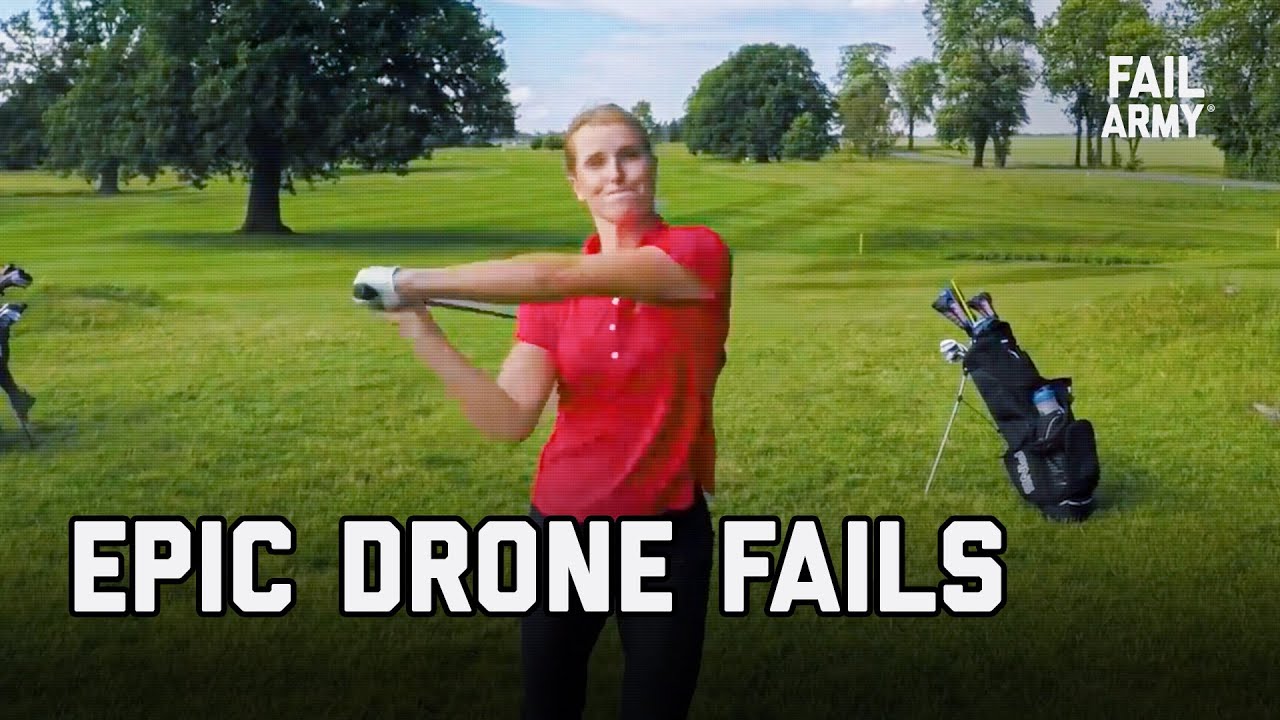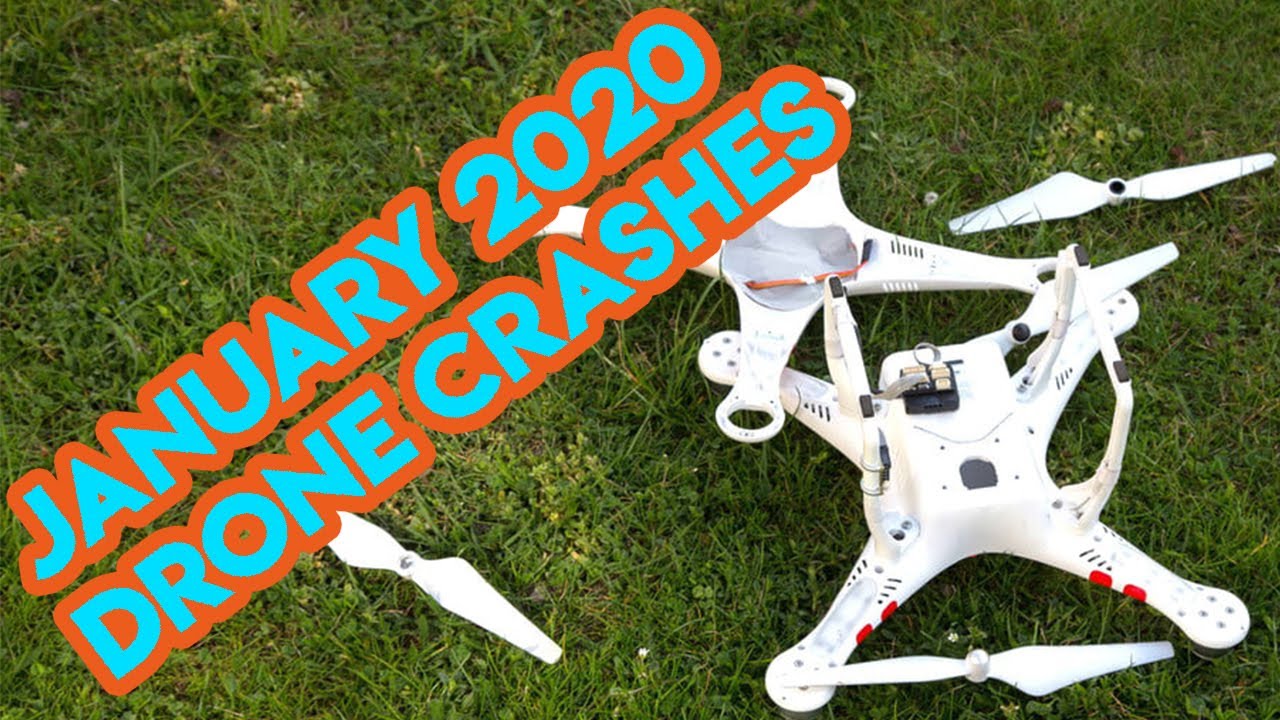Drone show crash: It sounds dramatic, and it can be. These spectacular displays of light and technology are increasingly popular, but the potential for things to go wrong is real. From software glitches to environmental hiccups, a multitude of factors can lead to a spectacular failure. This exploration delves into the various types of drone show crashes, examining their causes, consequences, and the preventative measures currently in place and those on the horizon.
We’ll look at global regulations, technological advancements, and the impact these crashes have on public perception.
Understanding the risks involved is crucial for ensuring the future of drone shows. We’ll examine real-world examples, explore the legal ramifications, and discuss how the industry is working to improve safety and build public trust. By understanding the past, we can better shape the future of this exciting technology.
Drone Show Crashes: Causes, Prevention, and Future Implications

Drone shows, with their mesmerizing displays of coordinated aerial choreography, have captivated audiences worldwide. However, the inherent complexities of these spectacles also present significant risks. Crashes, though infrequent, can have severe consequences, ranging from financial losses to reputational damage and even potential injury. This article delves into the various aspects of drone show crashes, examining their causes, exploring safety protocols, and investigating technological advancements aimed at mitigating future incidents.
Types of Drone Show Crashes
Drone show crashes can stem from a multitude of factors, broadly categorized as software malfunctions, hardware failures, environmental influences, and human error. Understanding these categories is crucial for developing effective prevention strategies.
Drone show crashes are unfortunately becoming more common, highlighting the need for better safety protocols. A particularly noteworthy incident was the orlando drone show accident , which spurred investigations into potential causes and led to improved regulations. Understanding these failures helps us prevent future drone show crashes and ensure safer, more spectacular displays.
| Crash Type | Cause | Consequences | Prevention Strategies |
|---|---|---|---|
| Software Malfunction | Glitches in flight control software, communication errors between drones and control system, GPS inaccuracies. | Loss of control, collision with other drones or obstacles, drone damage, show disruption. | Robust software testing, redundancy in control systems, real-time monitoring, fail-safe mechanisms. |
| Hardware Failure | Motor failure, battery malfunction, GPS receiver malfunction, communication system failure. | Loss of control, uncontrolled descent, potential damage to drone and surrounding environment. | Regular maintenance checks, use of high-quality components, redundancy in critical hardware systems. |
| Environmental Factors | Strong winds, rain, fog, extreme temperatures, electromagnetic interference. | Loss of control, reduced visibility, inaccurate GPS readings, potential damage to drones. | Careful weather monitoring, show postponement or cancellation in adverse conditions, use of weather-resistant drones. |
| Human Error | Pilot error, incorrect programming, inadequate pre-flight checks, poor communication among team members. | Loss of control, collisions, show disruption, potential injury or property damage. | Rigorous pilot training, standardized operating procedures, comprehensive pre-flight checklists, clear communication protocols. |
Safety Protocols and Regulations
Globally, regulations governing drone shows vary significantly, reflecting the unique challenges posed by large-scale aerial operations. These regulations typically address pilot certification, pre-flight inspections, airspace restrictions, and emergency response protocols.
For example, the United States Federal Aviation Administration (FAA) has specific regulations regarding drone operations, including pilot certification requirements and limitations on flight altitudes and airspace usage. The European Union Aviation Safety Agency (EASA) also has its own set of rules, often emphasizing risk assessments and operational safety management systems. In contrast, regulations in some developing countries might be less stringent, highlighting the need for international cooperation to standardize safety practices.
Pilot training and certification are paramount. Qualified pilots undergo extensive training covering emergency procedures, risk management, and regulatory compliance. A comprehensive pre-flight inspection checklist, meticulously followed by pilots and ground crew, helps to mitigate many potential hazards.
Pre-flight Inspection Checklist:
- Drone battery check (voltage, charge level)
- Motor and propeller inspection
- GPS signal strength and accuracy verification
- Communication system test
- Software update verification
- Emergency procedures review
- Weather conditions assessment
- Airspace clearance confirmation
Technological Advancements and Mitigation Strategies

Technological advancements are continuously improving drone show safety. Redundancy in GPS systems, for instance, provides backup positioning data in case of signal loss. Fail-safe mechanisms, such as automatic landing systems, can prevent crashes in case of software or hardware failures. Autonomous recovery systems can guide drones to safe landings even if communication with the control system is lost.
- GPS Redundancy:
- Advantages: Increased reliability, reduced risk of position errors.
- Disadvantages: Increased cost, added weight and complexity.
- Fail-Safe Mechanisms:
- Advantages: Prevents crashes in case of system failures.
- Disadvantages: Requires sophisticated programming, potential for unintended consequences.
- Autonomous Recovery Systems:
- Advantages: Enables safe landing even with communication loss.
- Disadvantages: High initial investment, requires advanced technology.
Impact and Consequences of Drone Show Crashes

The consequences of a drone show crash can be far-reaching. Financial losses can be substantial, encompassing the cost of damaged drones, show cancellations, and potential legal liabilities. Reputational damage can severely impact the organizers and involved companies. In cases involving injuries or property damage, legal and insurance implications become significant, potentially leading to extensive litigation and financial settlements.
Drone show crashes are becoming more common, sadly. Sometimes, issues like faulty software or bad weather are to blame. One example that highlights potential problems is a recent incident, check out this article about a drone crash paris to see the kind of things that can go wrong. Understanding these issues is key to improving drone show safety and preventing future mishaps.
Investigations following a crash involve meticulous analysis of flight data, drone hardware, and environmental conditions to determine the root cause. This process often involves experts in aviation safety, software engineering, and meteorology.
Public Perception and Future of Drone Shows

Drone show crashes can significantly impact public perception, potentially eroding trust in the technology and hindering its widespread adoption. Rebuilding public confidence requires transparent communication, thorough investigations, and demonstrable improvements in safety protocols and technologies. The long-term implications of crashes will depend on the industry’s ability to learn from past incidents and implement effective preventative measures.
Visual representation of public perception: Before a major crash, public perception is generally positive, filled with excitement and wonder. During a crash, public perception shifts to concern and fear, questioning the safety of the technology. After a crash, if appropriate safety measures are implemented and communicated effectively, public perception can gradually recover, albeit with a heightened awareness of potential risks.
Final Thoughts
The breathtaking spectacle of a drone show is undeniable, but the potential for disaster necessitates a proactive approach to safety. While technological advancements offer promising solutions, rigorous adherence to safety protocols, comprehensive pilot training, and continuous improvement in risk mitigation strategies remain paramount. The future of drone shows hinges on a collective commitment to preventing crashes, ensuring both the safety of spectators and the continued development of this captivating technology.
Drone show crashes are unfortunately becoming more common, highlighting the need for improved safety protocols. Check out this article detailing a recent incident: drone show crash for insights into what went wrong and how to prevent future mishaps. Understanding the causes of these crashes is key to making drone shows safer and more reliable for everyone involved.
By learning from past incidents and embracing innovation, we can confidently look forward to even more impressive and, crucially, safe drone light shows.
FAQ Corner
What is the average cost of a drone show?
Costs vary widely depending on the scale, duration, and complexity of the show, ranging from a few thousand to hundreds of thousands of dollars.
What happens to the drones after a crash?
Depending on the extent of the damage, drones may be repairable, or they may be deemed beyond repair and salvaged or discarded.
Who is responsible for the damages caused by a drone show crash?
Liability typically falls on the drone show operator, though insurance coverage and specific legal jurisdictions will play a significant role in determining responsibility.
Are there any international standards for drone show safety?
While not fully standardized internationally, many countries are developing and implementing their own regulations, often drawing inspiration from each other’s best practices.